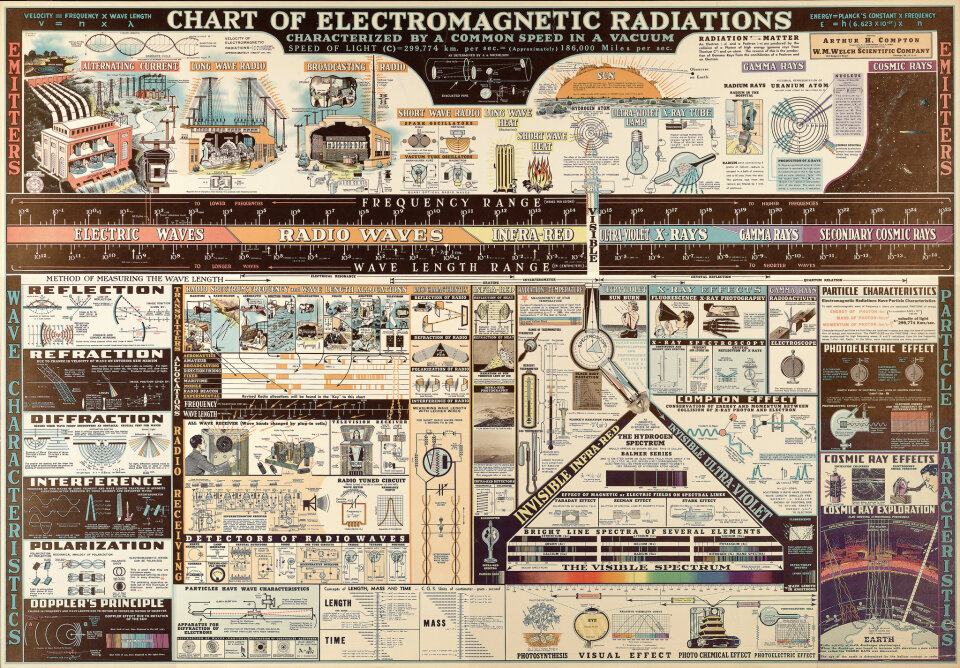What if a planet evolved distinct intelligent species with sensors designed for detecting non-overlapping portions of the electromagnetic spectrum as visible light? Perhaps this would occur on a planet in a multi-star system where the stars are in different portions of their lifecycle and emit different colors of light, such as the Epsilon Indi star system.
Our World
Of course we don’t have to go so far afield to imagine such a thing; after all, butterflies and reindeer can see ultraviolet, and some snakes, mosquitos, and beetles can see infrared. Unfortunately we can’t sit down and chat with these animals. We can discuss with those who have aphakia, typically from surgical removal of the eyes’ lenses. Those with Aphakia have indicated that they perceive ultraviolet light as being something of a whitish blue. Some have claimed that during WWII the military used these extra detection powers of individuals with Aphakia to watch the coast for German U-boats signalling with UV lamps to on-shore agents.
Cross Cultural Design
The above examples are all focused on overlapping ranges of vision though. For instance, when someone with Aphakia explains that ultraviolet light looks like a whitish-blue, they are drawing on the common experience to make that comparison. There’s no such common experience to draw on when you’re talking to someone who doesn’t perceive any of the same colors you do. With sufficient technology, races would be able to make translations back and forth of art. As technology progressed further, if the societies were sufficiently integrated, technology would probably be designed to be interpreted seamlessly regardless of what light spectra the user were capable of seeing. In the same way that an LCD projector projects different patterns of red, green, and blue light to make a composite image, you could design a projector that displayed distinct versions of the same information (pictures, slides, movies, etc.) so that any member of society could participate.
Speciesism
On the flip side, you could also project two completely different pictures or movies at the same time with the same projector, with the message presented depending on the receptors of the user. This would make it more difficult to trust someone with different receptors from you. This force would encourage clustering together with those sharing like receptors. Of course, if two intelligent species evolved independently on the same planet, I’ve little doubt that speciesism would surpass even the atrocities of racism here on Earth, so that type of clustering would probably occur regardless of their sight.
Integration
Imagine walking into a culture where even though you can see everything, nothing has been designed to be looked at by you. Some things that are supposed to be high contrast are nearly indistinguishable to you, and other things that were supposed to match look nothing alike. Do you think two or more species like this could overcome the hurdles and challenges to have a productive, integrated society? Post your thoughts in the comments!
